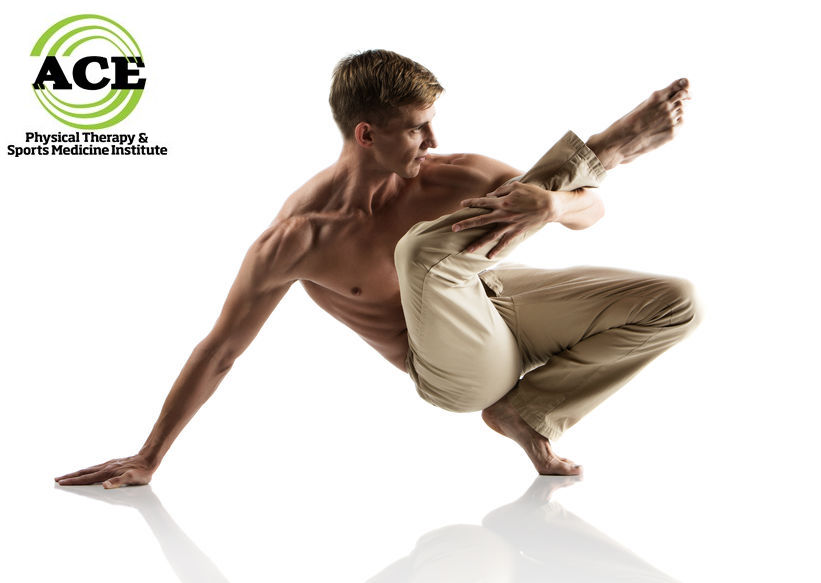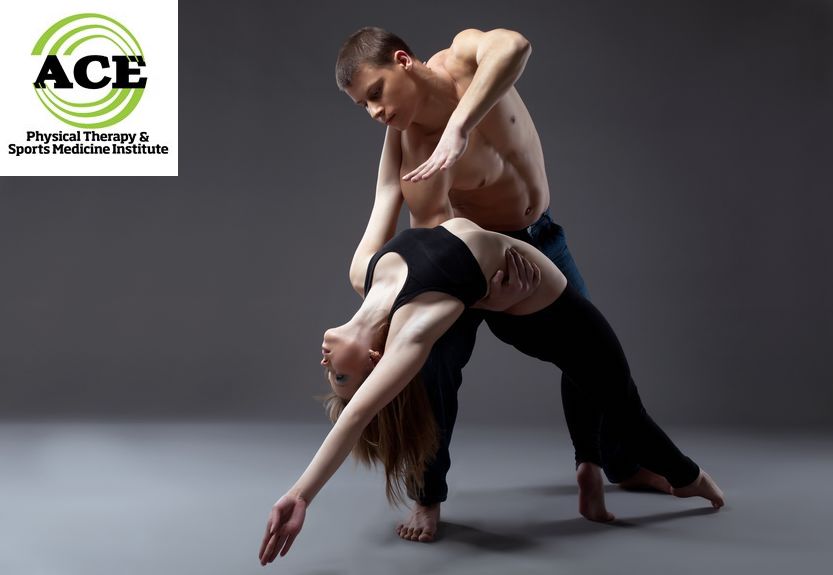DANCING AND LOW BACK INJURIES

Tid Bits of Info
- Due to the high demands of professional dancing, most dancers retire in their 30s or younger.
- Dance forms can be theatrical or social. Both can be physically demanding on the human body.
- Nearly all dance teachers are forced into that position due to a career ending injury.
- Professional ballerinas reported to consume below 70% and 80% of the recommended daily allowance of energy intake.
- Dancers with pain or injury should seek the advice and treatment of a Physical Therapist.
Dancing involves both art and sport. As an art is communicates beauty and powerful themes of human experience, but simultaneously it involves rigorous physical activity. As a result, there is always a possibility of injury. In fact, a review of more than 50 recent studies revealed that professional and semi-professional dancers experience low back pain at an alarming rate of greater than 70% of all dancers have this condition at least one time per year. Physical Therapists can help prevent dancing injuries.
Dance encompasses all attributes of sporting activities. The athletic aspect of dancing becomes obvious when observing in the way dancers prepare for their activity. These individuals practice and prepare their bodies as frequently and with similar intensity as the professional athlete.
The amount of power, strength, agility, speed and flexibility that is required during most forms of dance is nearly the same as most elite sports. The ability of the dancers to develop the necessary physical attributes requires them to train extensively and all too often they end up injured. It is not uncommon for a dancer to practice and train 6-7 days per week for 8-10 hours per day or longer. One of the most common complaints is low back pain that might not be associated with on particular event. In most cases, the pain level increases due to the high volume training and unwillingness to stop their training regimen.

The excessive training by professional and semi-professional dancers causes them to experience low back pain at a rate that is similar to other professional or elite athletes. All forms of dance can be the origin of the pain/injuries in the low back of dancers who do it for a living. When compared to the “normal” population, dancers experience the symptoms associated with a lumbar strain at a rate of approximately 25% greater frequency. There was no correlation between the incidence of low back pain and gender. It appears that the incidence of occurrence increases as the dancer ages and continues to reach a more advanced or elite status.
Pain is subjective and the amount of pain that one dancer reports might not be significant to another. As dancers prepare for upcoming events, they are less likely to complain of pain in fear of being “dropped” from the “show” and therefore some of the results of the questionnaires that were reviewed might not be consistent with the actual symptoms that were present.
When dancers experience low back pain or injuries, they should seek the advice and treatment from a Physical Therapist. These licensed healthcare professionals are experienced with these types of conditions. The primary goal of the individualized treatment protocol is the restore the functional capabilities of the involved dancer. There might be a need to halt training for a period of time but very rarely are they told that they need to stop entirely. Instead, the treatment protocols are designed to enable the injured individual to continue to train at a modified pace.
Seeking treatment from a Physical Therapist is easy and does not require a doctor’s prescription. Your insurance plan might require a referral from your general practitioner so be sure to check prior to your visit to the Physical Therapist.
Dancing can be fun and is used for many ceremonious reasons. The act of dancing takes on many forms and when performed in excess injuries can be the result. Low back pain and injuries are one of the primary complaints of professional and semi-professional dancers. Proper training and practice principles can reduce the frequency and occurrence of dancing and low back pain in these talented individuals.
























